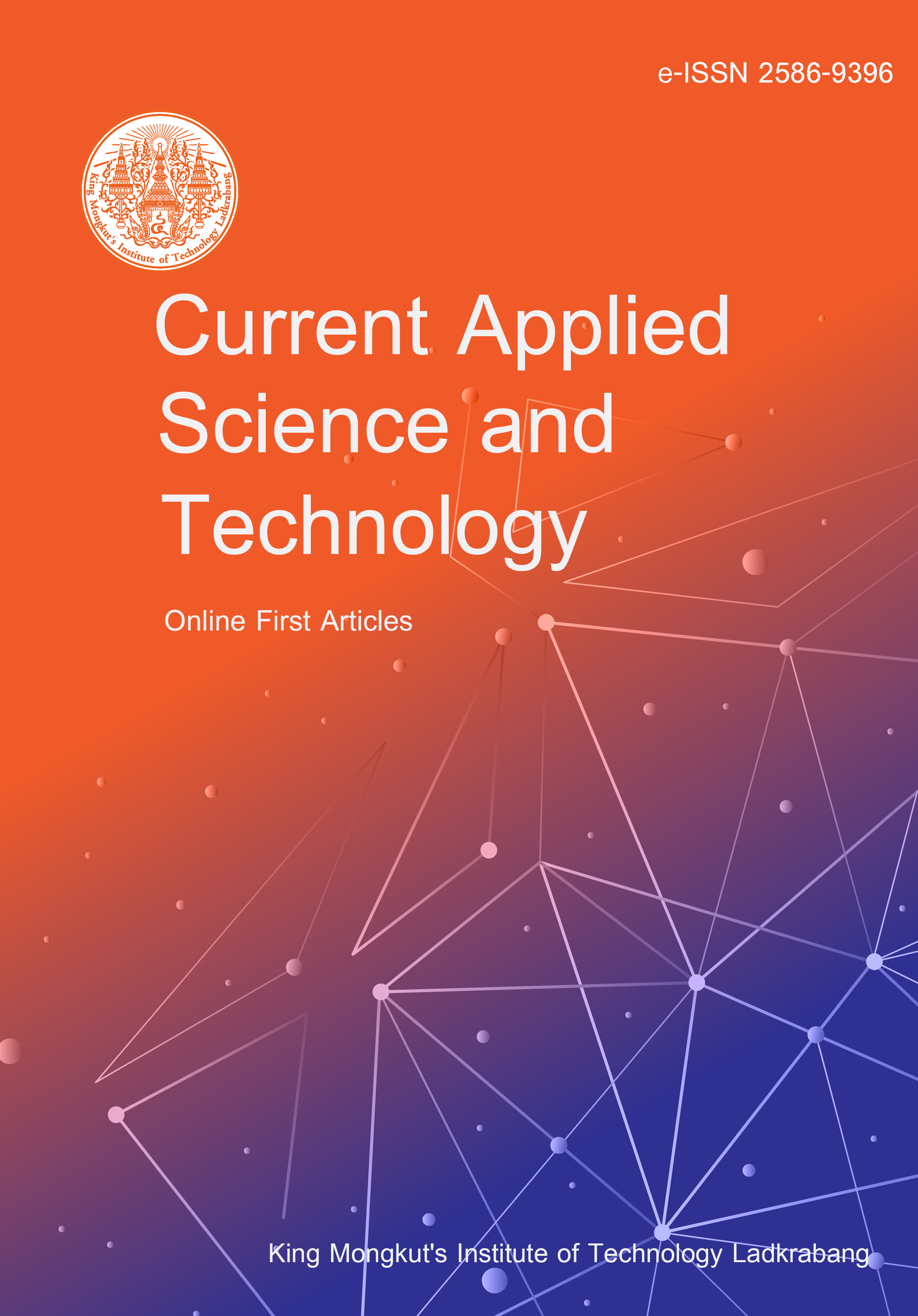Two econommically significant melon groups, inodorus and cantalupensis, exhibit distinct differences in their respiration activity, which can significantly affect their postharvest quality and storage behavior. Identifying the two groups of melons is essential for determining the most effective postharvest handling practices. The aims of this study were to reveal the respiratory patterns of inodorus and cantalupensis melon-groups and to investigate their relationship to fruit quality for informing optimal postharvest handling. The treatments used were two groups of melons, inodorus and cantalupensis, with five replications (each treatment used three melon fruit samples). The fruit was stored in a modified drum with lighting, CO2 detector, temperature and humidity detector, and had been sterilized. The data were analyzed using F-test and mean comparisons with standard deviation. Subsequently, a post-hoc LSD was applied to identify significant differences and Pearson correlation was employed to examine the relationship among the parameters observed. The results indicated that CO2 concentration influenced the respiration rate and affected the fruit’s physical and nutritional characteristics. Cantalupensis exhibited a higher respiration rate than inodorus, leading to a shorter shelf life and a more noticeable decline in fruit quality. There was a positive correlation between CO2 and respiration rate (R= 0.28), causing reduced edible parts, total soluble solids (TSS), water content, and vitamin C in both melon groups. This study highlights that the respiratory patterns of the two melon groups differ, with cantalupensis being climacteric and inodorus non-climacteric. Therefore, tailoring of the postharvest handling practices for the two melon groups is required to prevent significant quality loss.
Habibah, N. undefined. ., Sari, R. N. ., Nuravivah, V. ., Komalasari, R. undefined. ., & Nasrudin, (2025). Identification of Respiratory Patterns and Quality Assessment Between Melons Inodorus and Cantalupensis Groups. CURRENT APPLIED SCIENCE AND TECHNOLOGY, e0264092. https://doi.org/10.55003/cast.2025.264092

